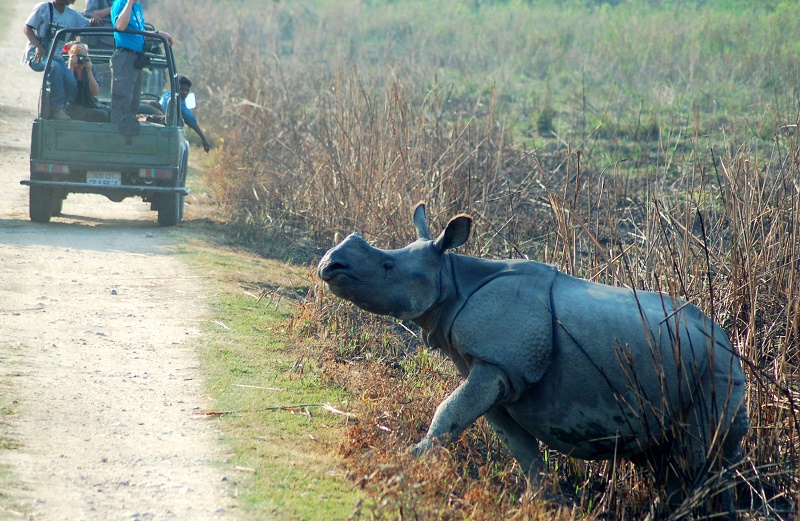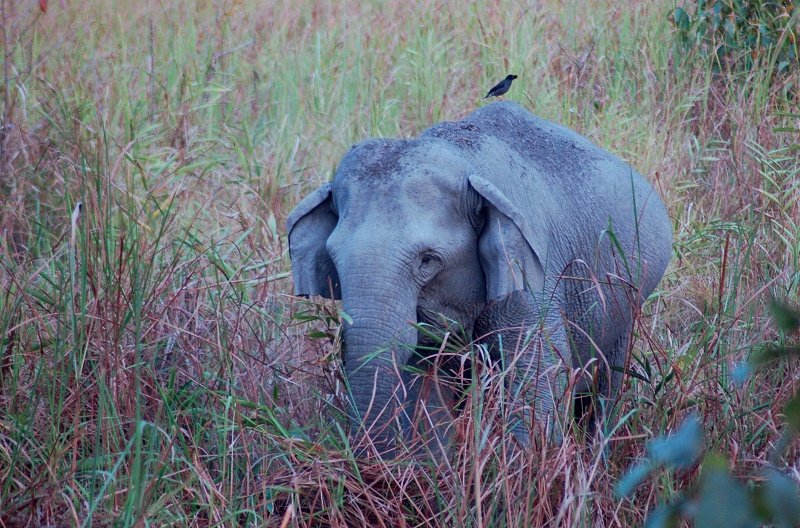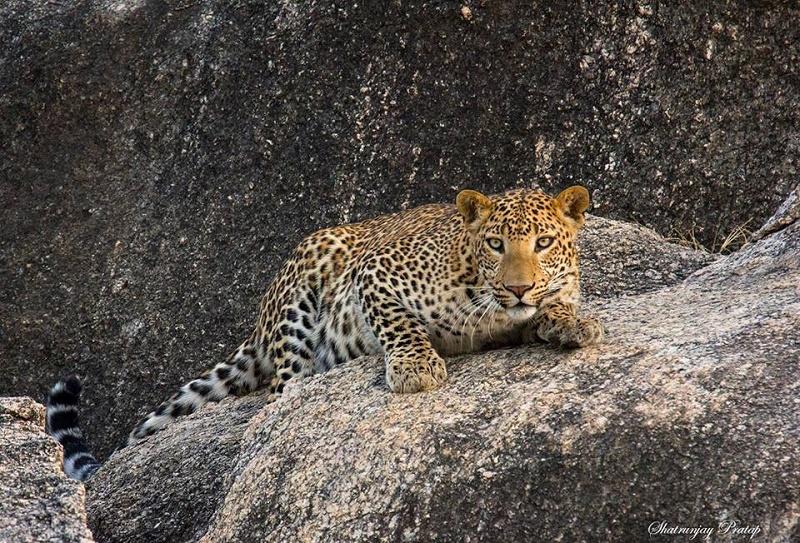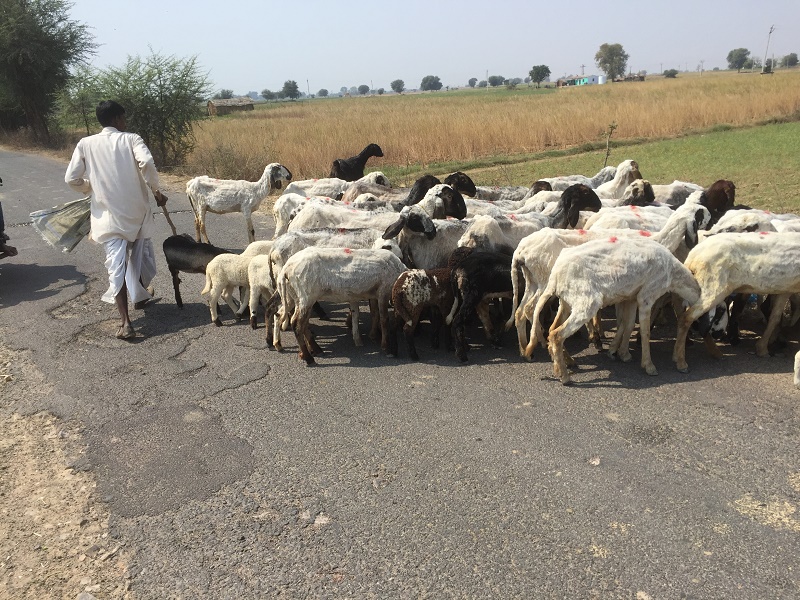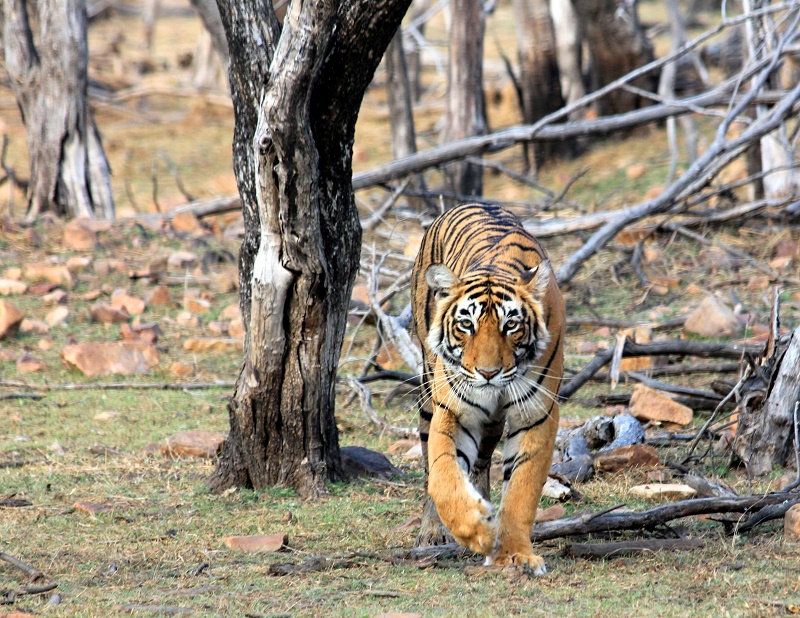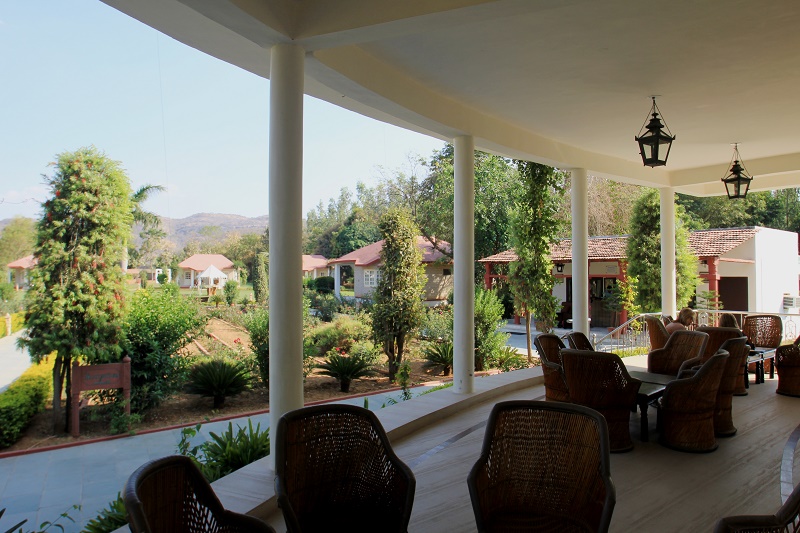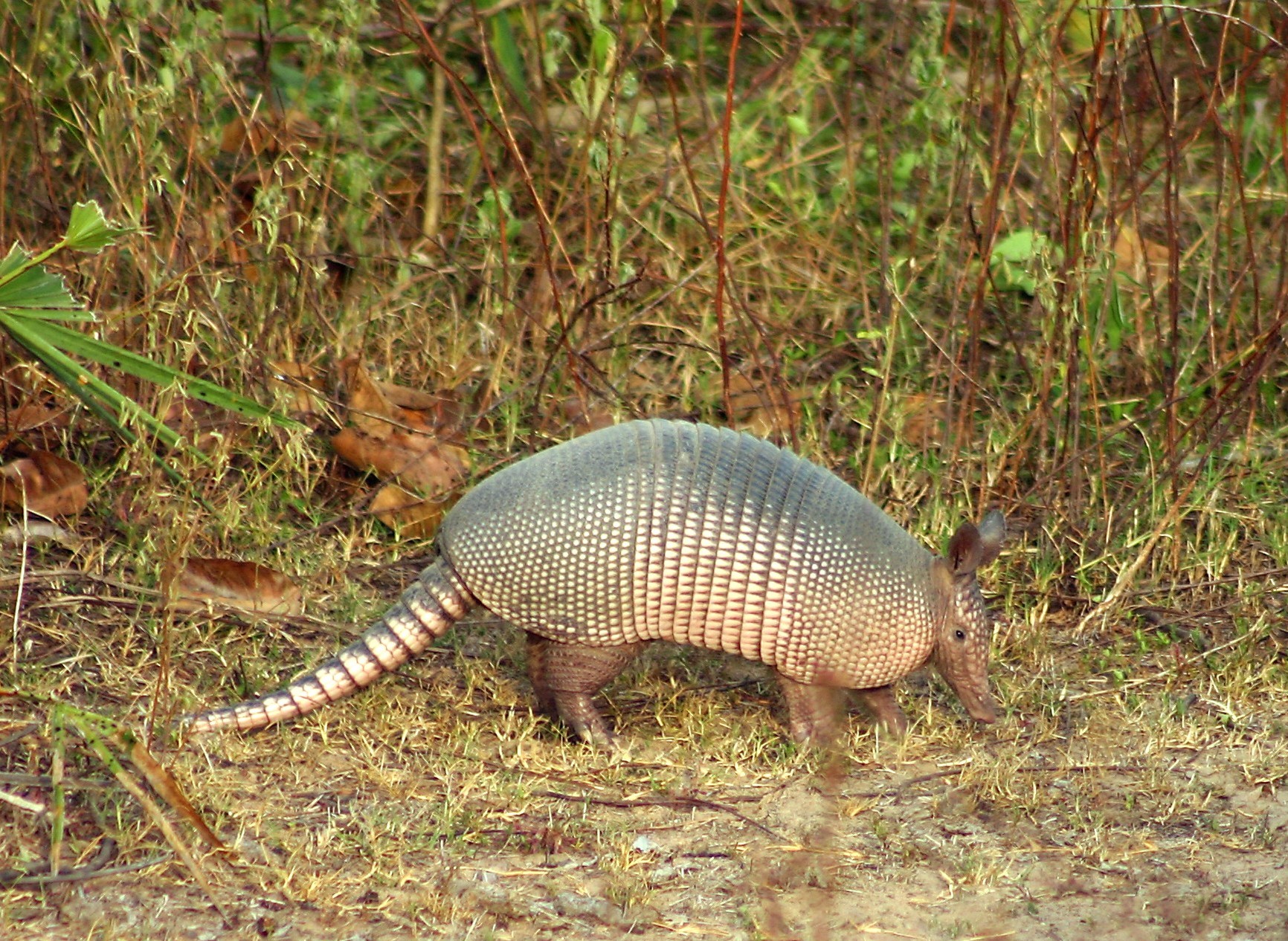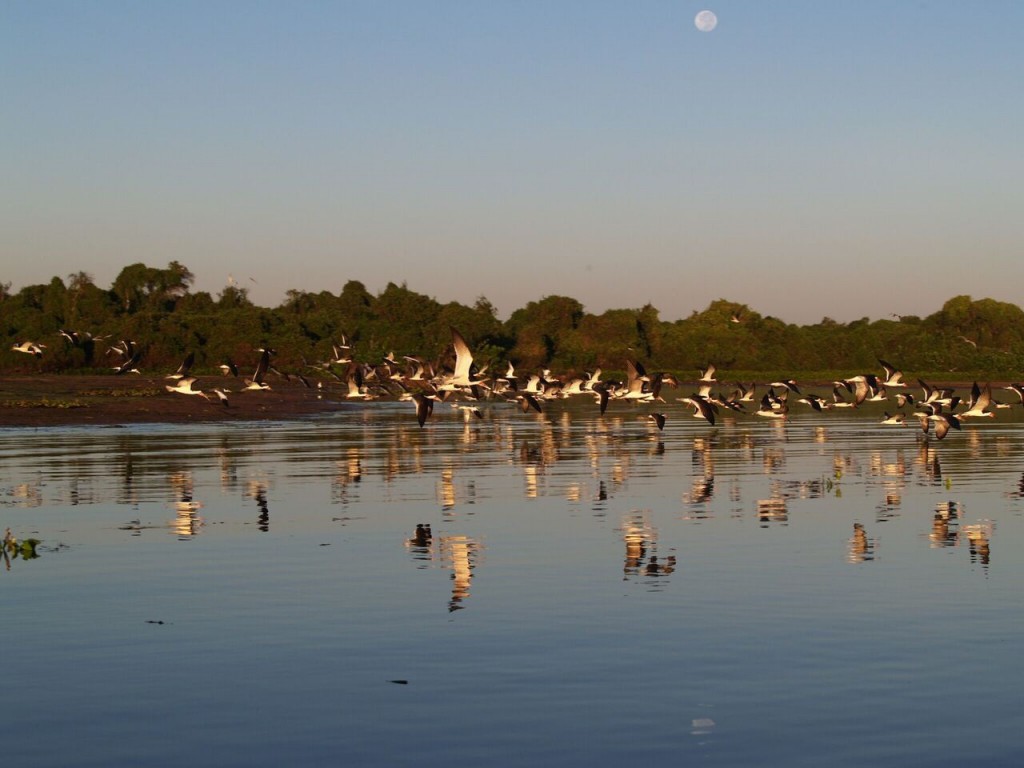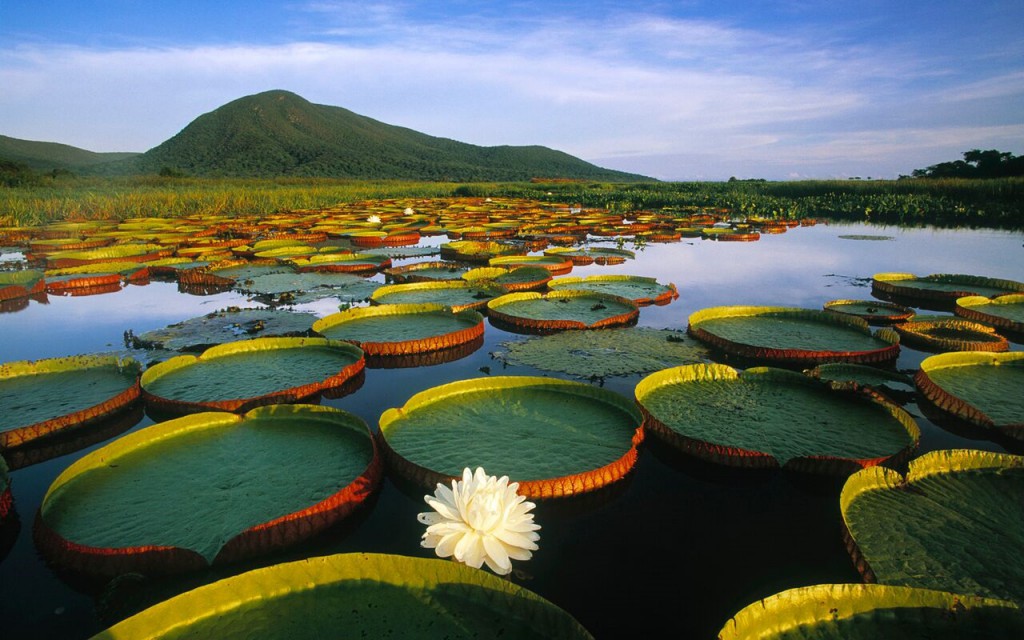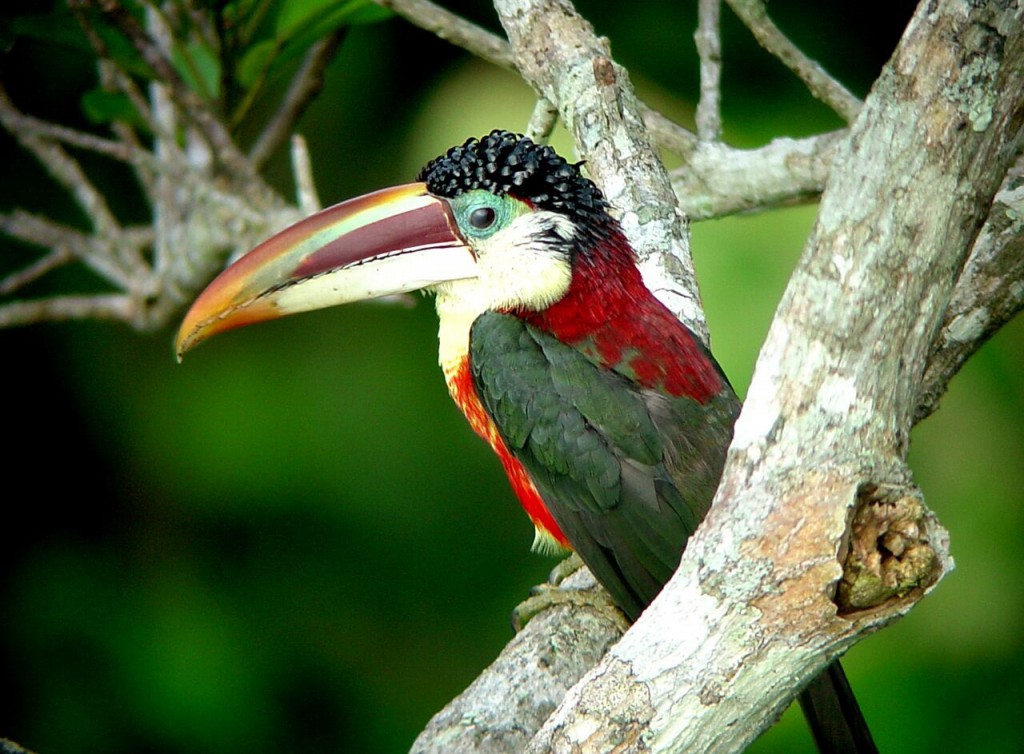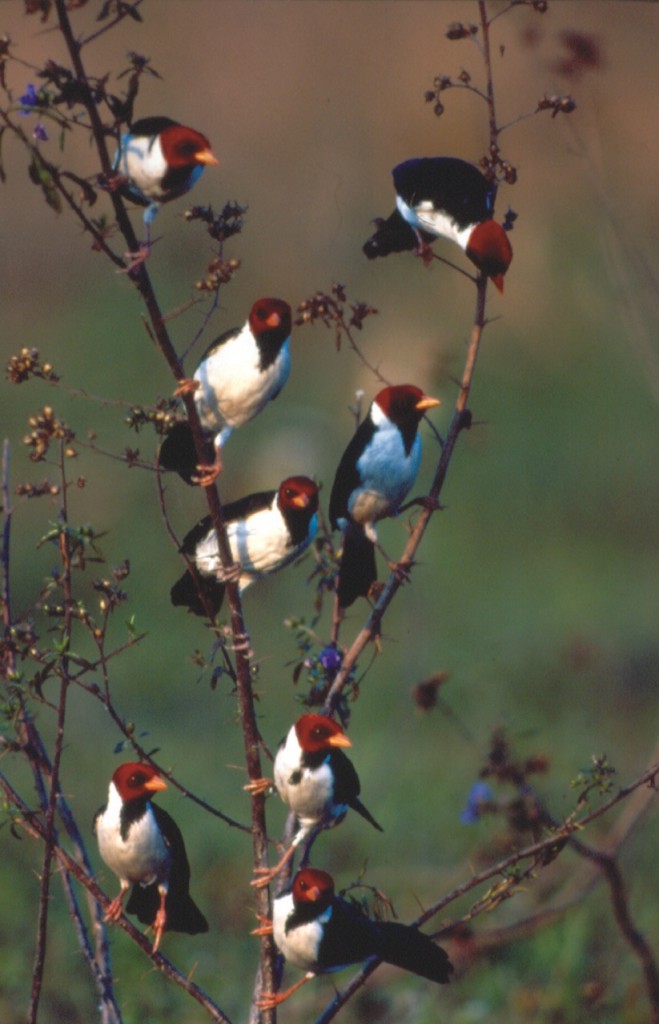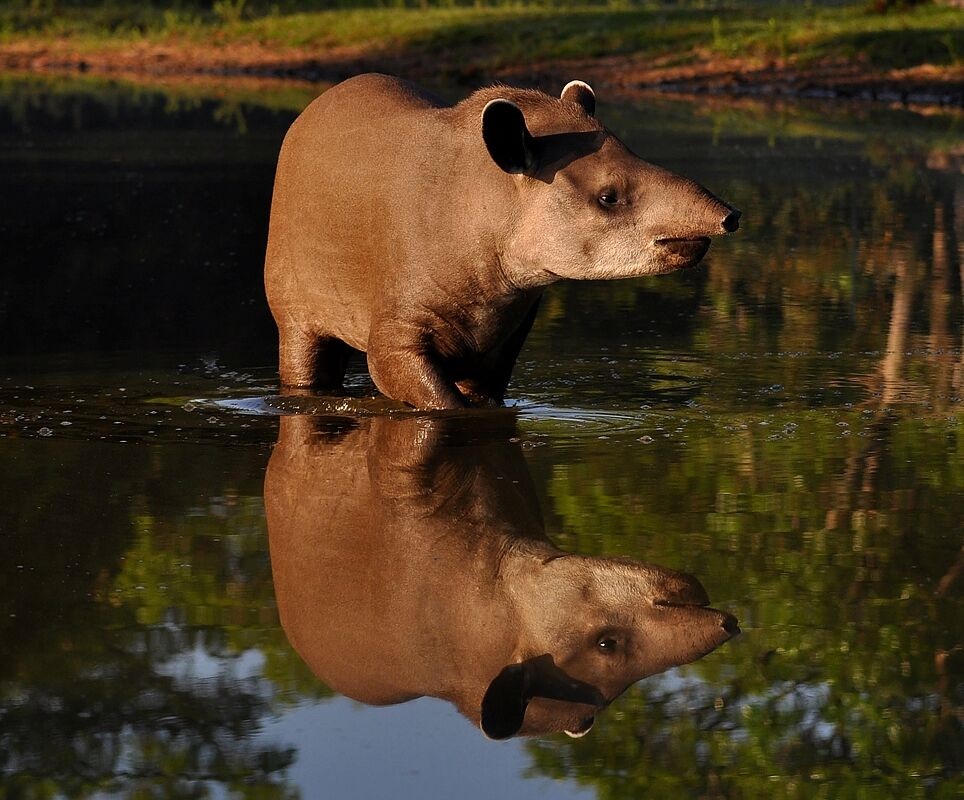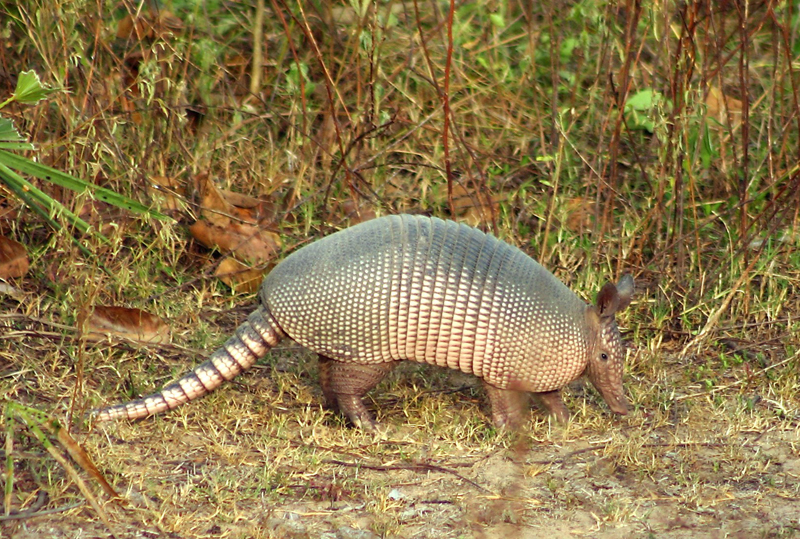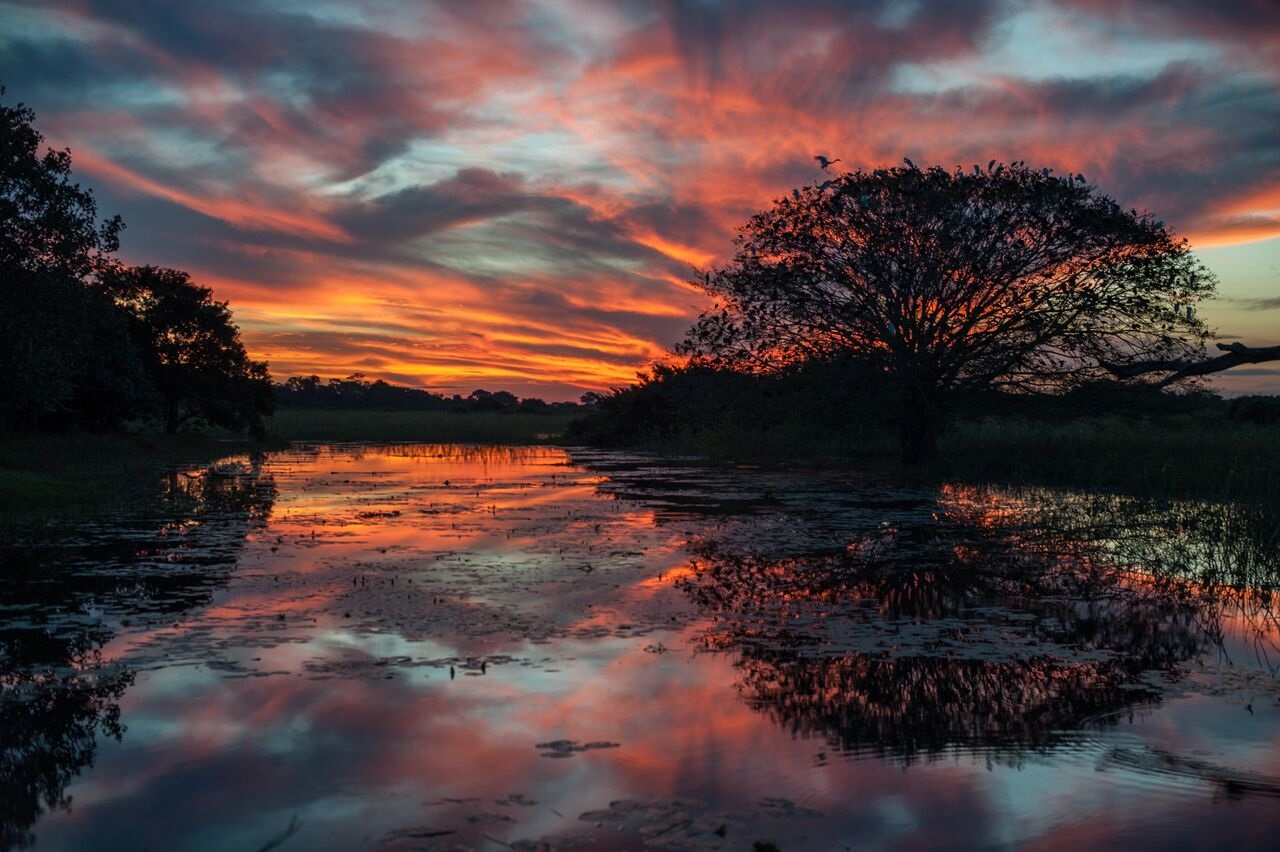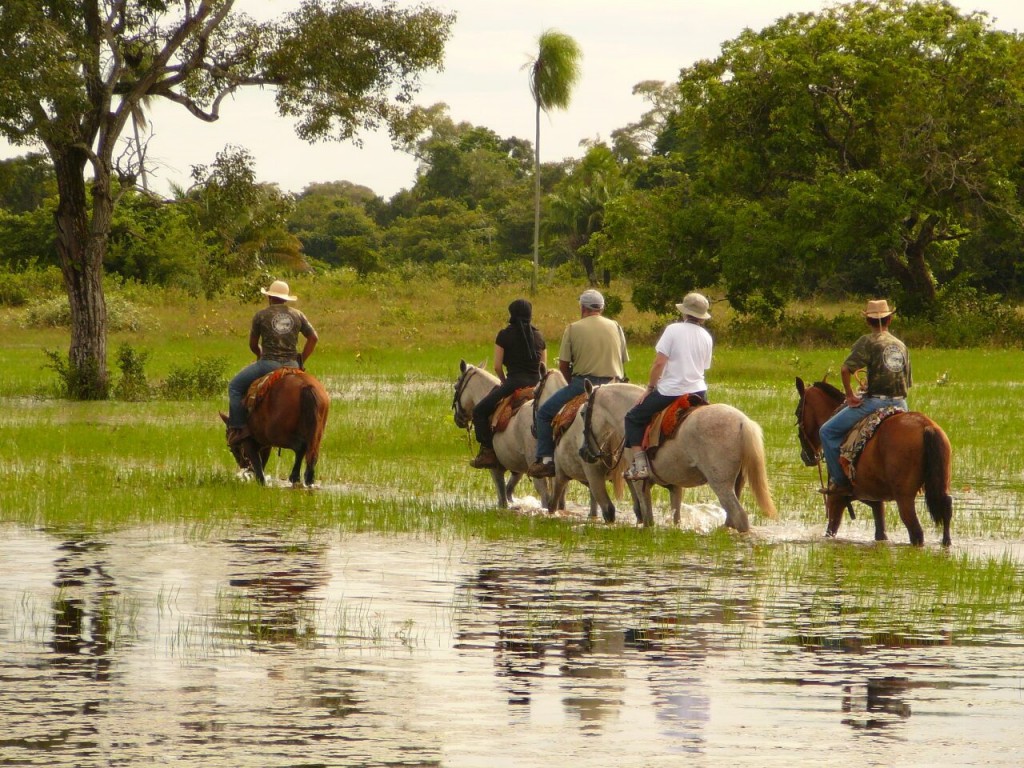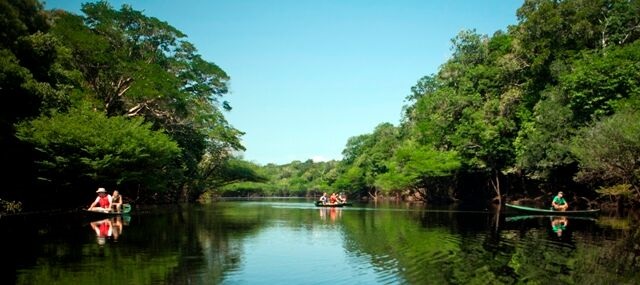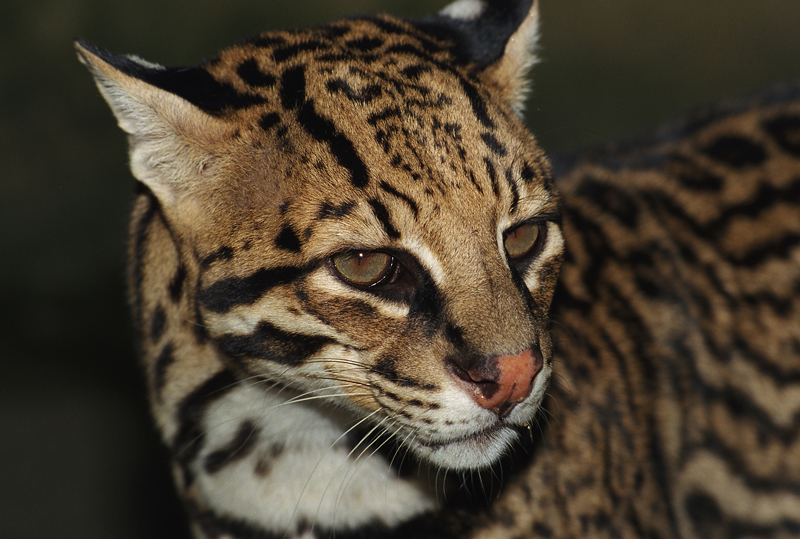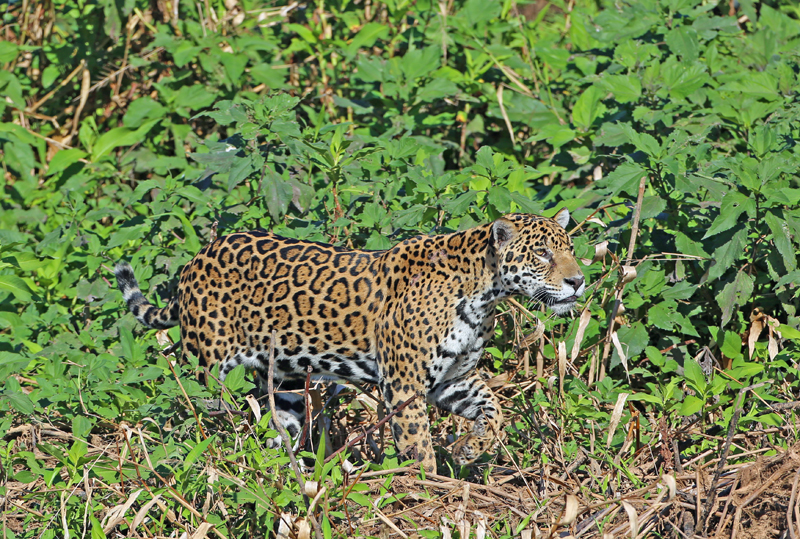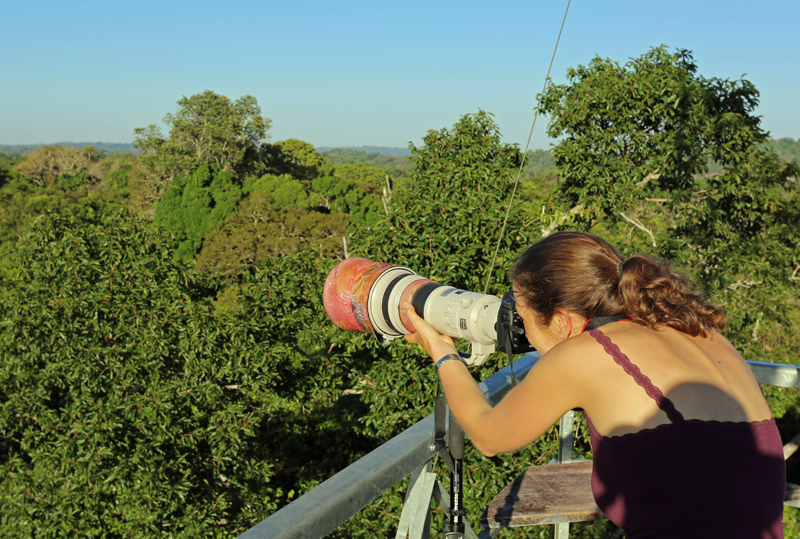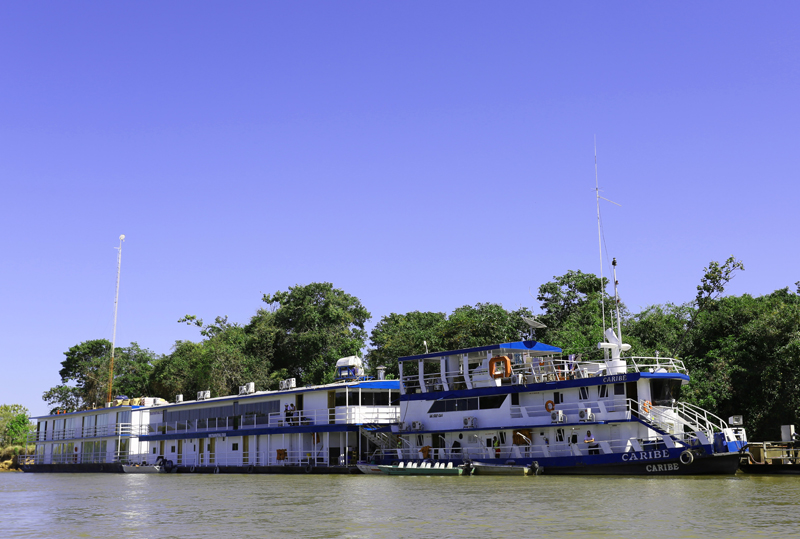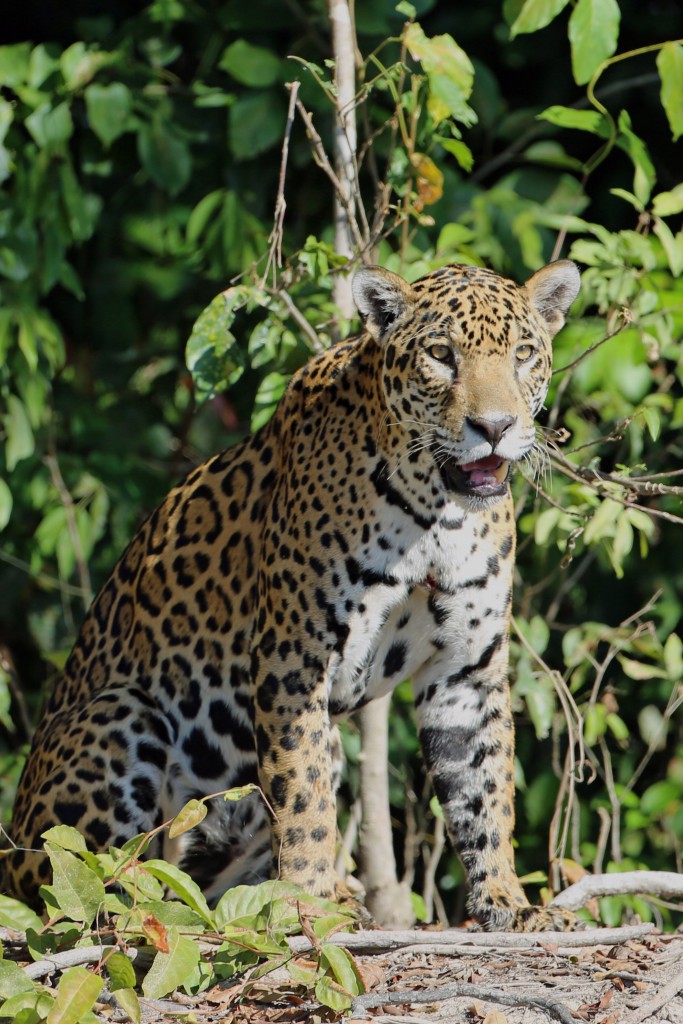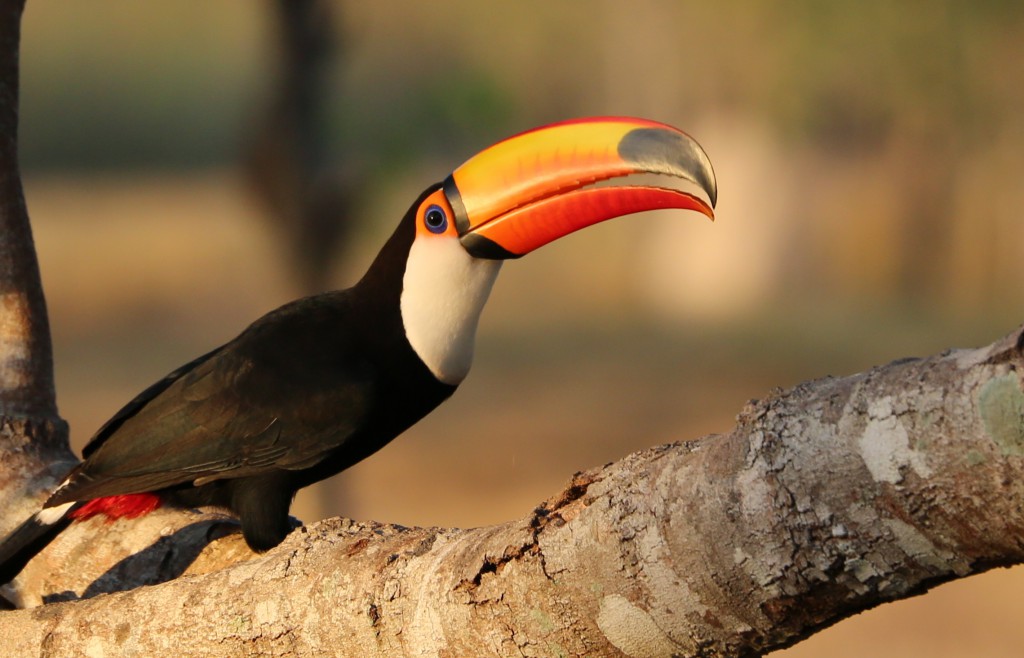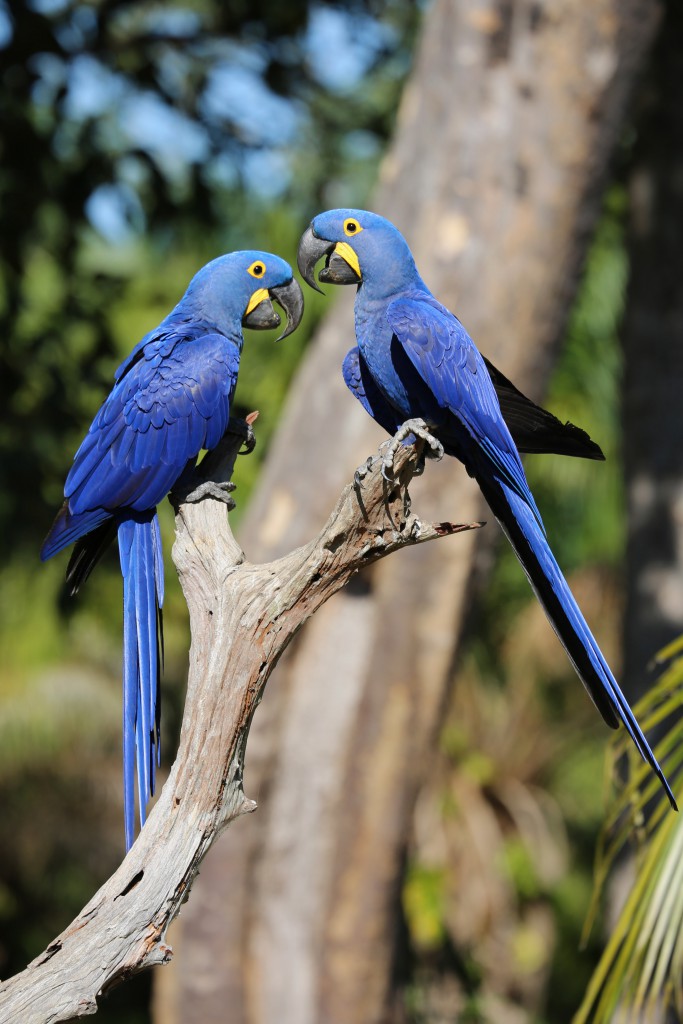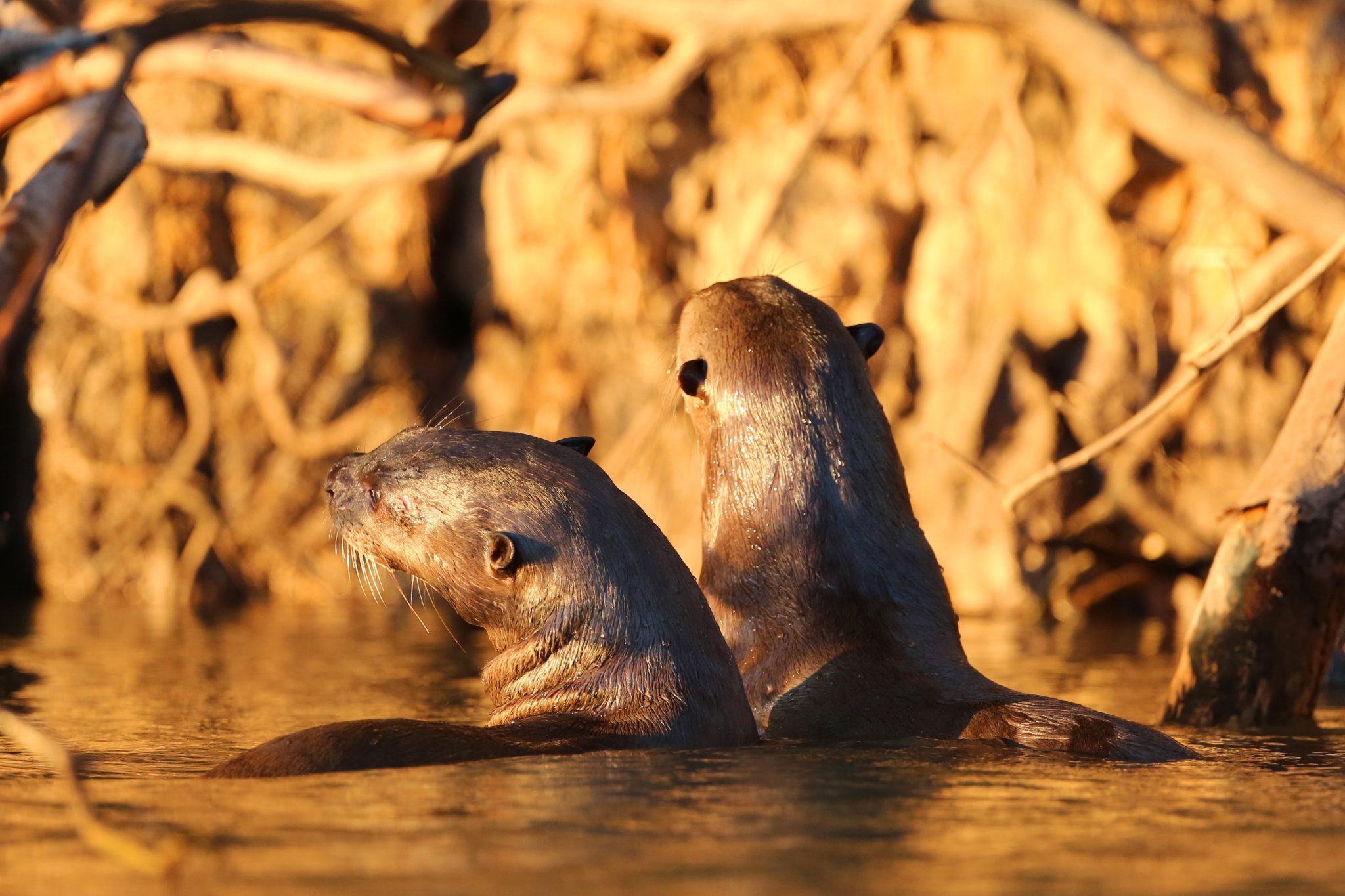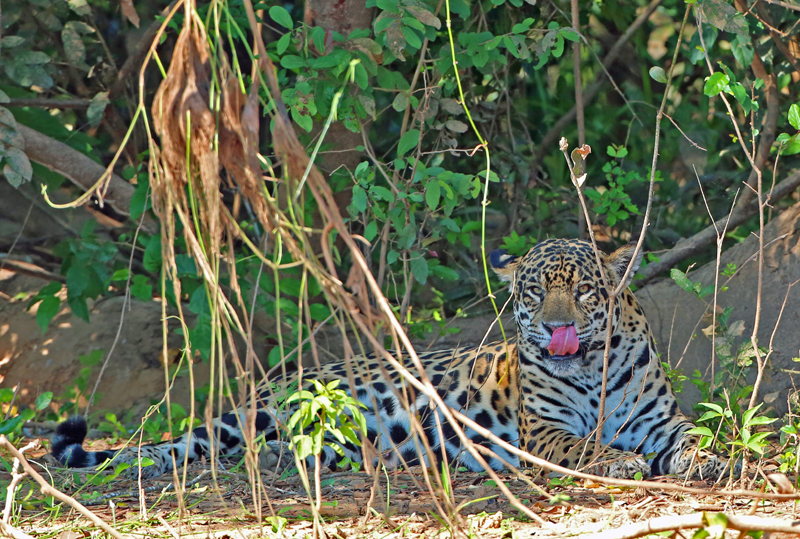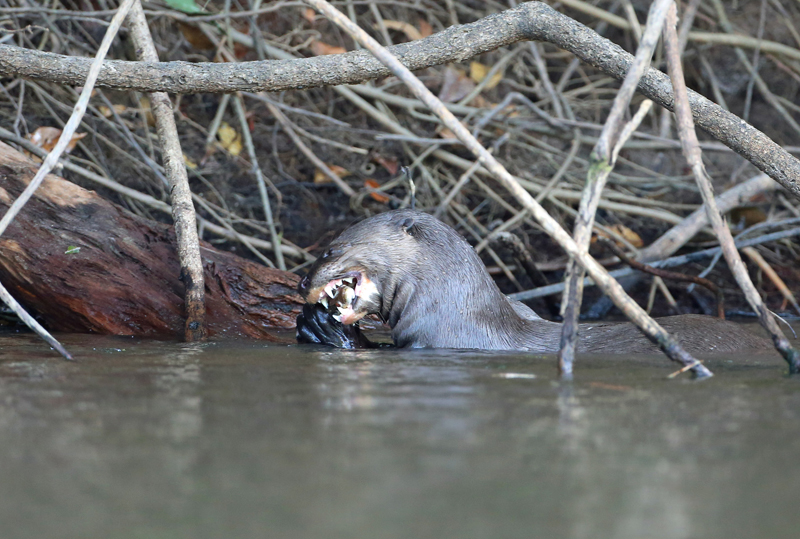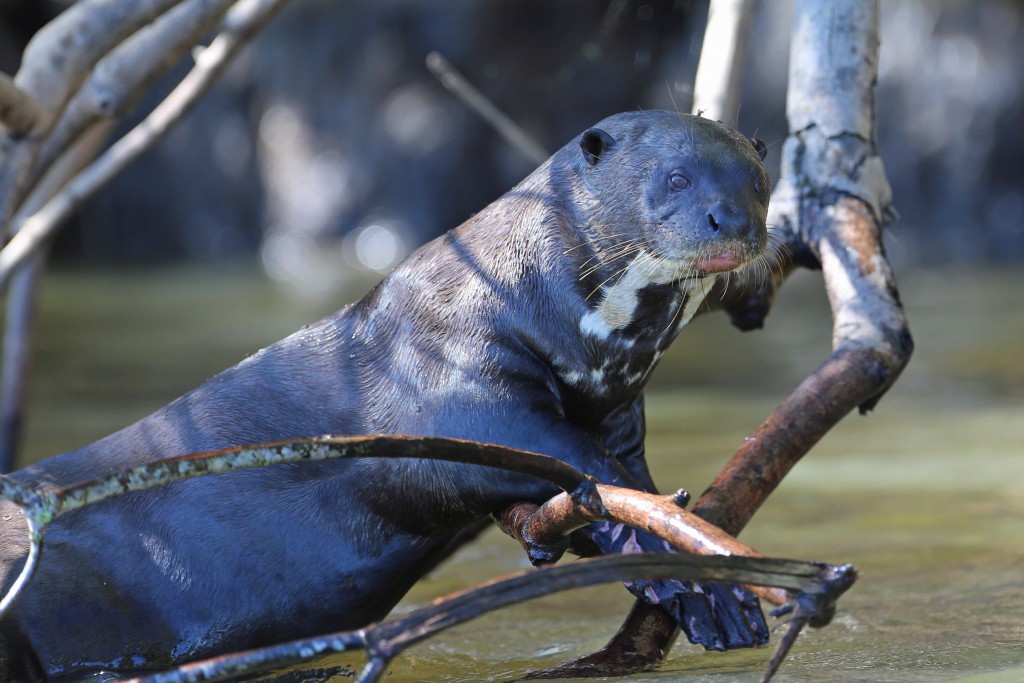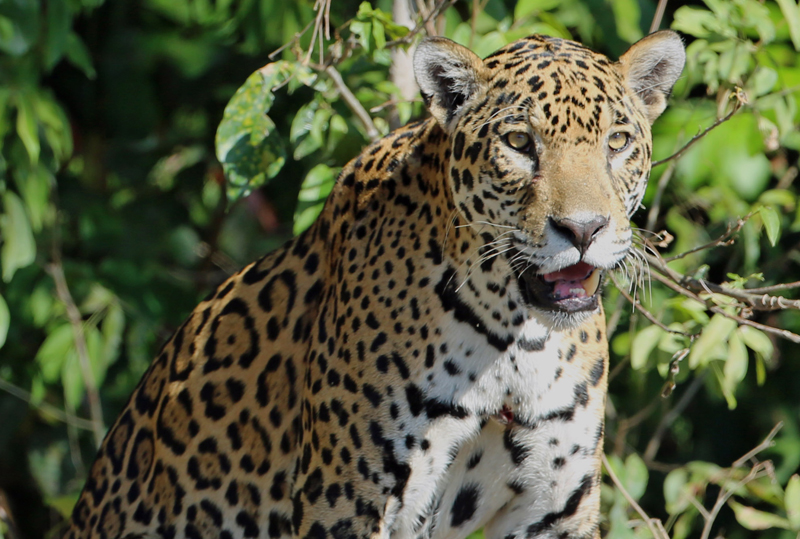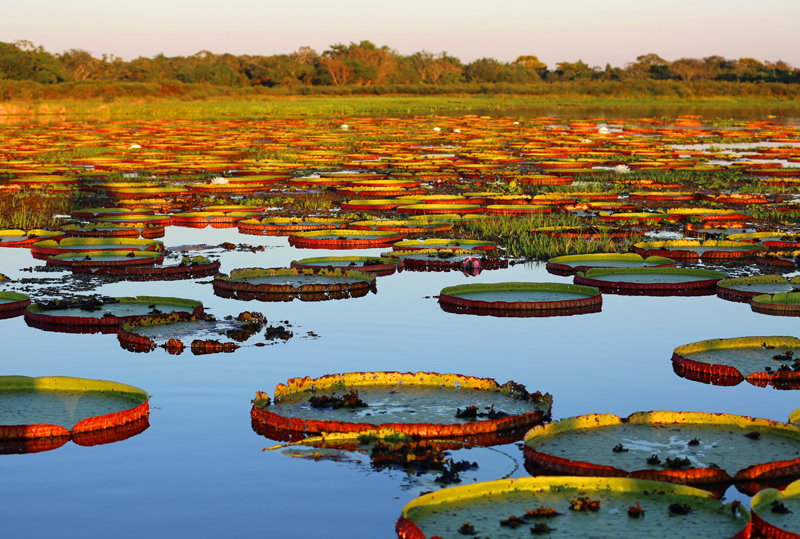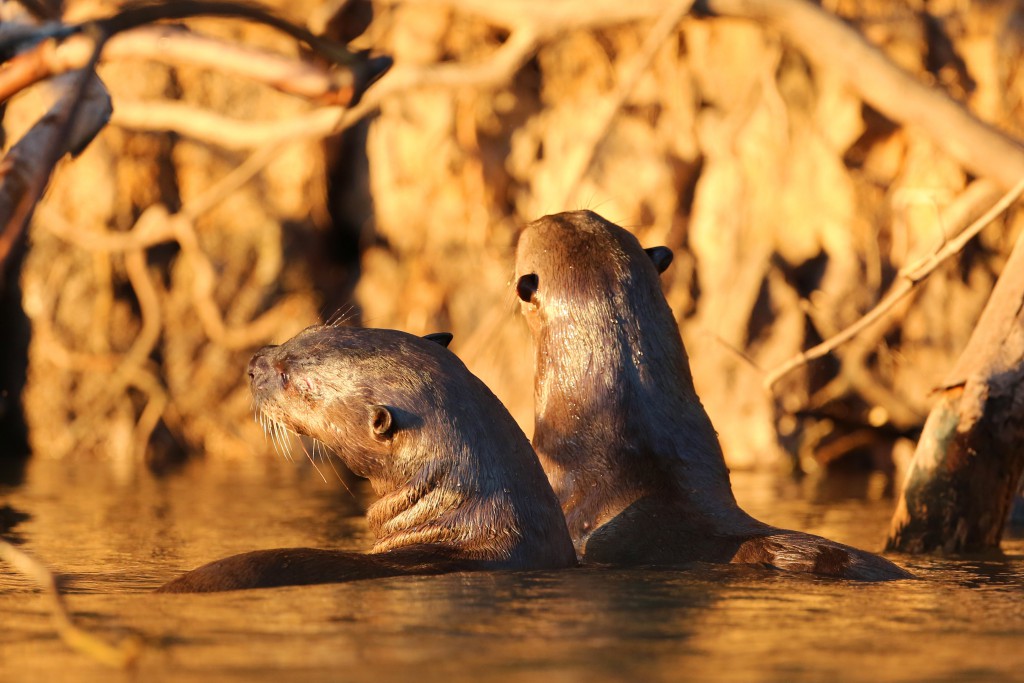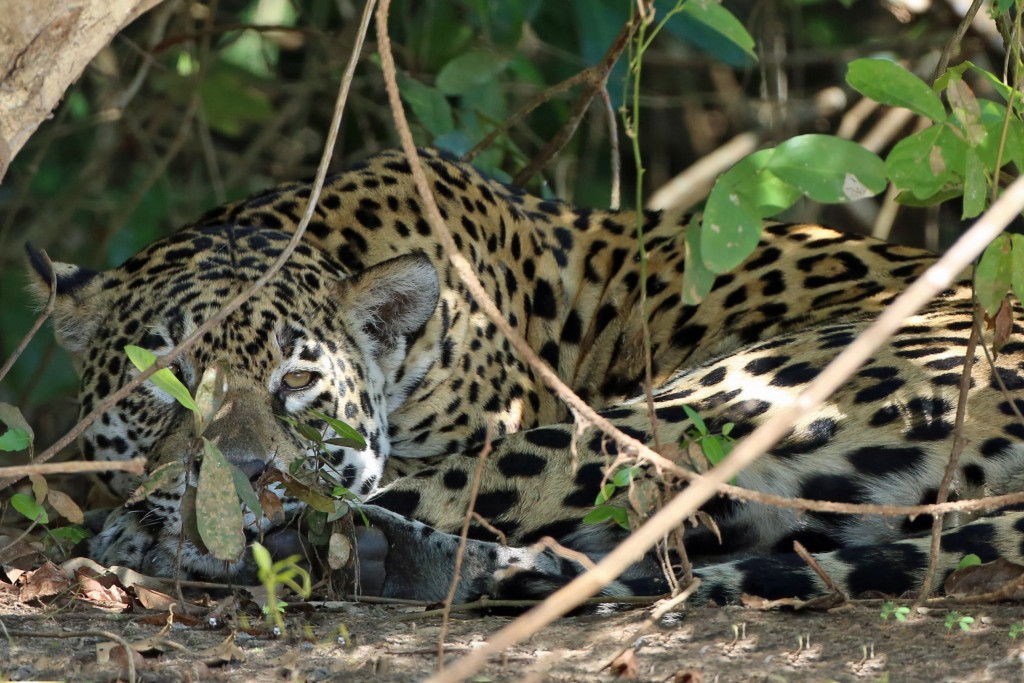Simon from WILDFOOT spent part of his summer enjoying an Indian wildlife special holiday, documenting his journey throughout so that you could find out more about it on the WILDFOOT blog. Today, Simon travels to Guwahati and takes in the sights of the Kaziranga National Park.
Part 14
As the team here at WILDFOOT always endeavours to be a little different with its itineraries, I fly from Delhi to Guwahati, which is the largest city of Assam. The journey is short and comfortable and a similar distance to that between London and Rome.
Kaziranga National Park is too unique to miss out on. I take a diversion to this interesting, diverse region covering some of the world’s most important grasslands and the monsoon flood area of the Brahmaputra River.
The river is one of the world’s longest and most important to the environment and the surrounding natural world. This park is also home to two-thirds of the world’s endemic one-horned rhinoceros.
You will also sight wild elephant on safari plus many other species in this National Park. Birding is amazing by the way. Tigers are prevalent but because of the foliage, very difficult to see so don’t come here hoping for big cat sightings. This region is known for its tea and you will see miles of tea plantation as you travel to the national park.
While this poor animal is poached for Chinese meditational reasons, numbers are increasing despite a huge 48 lost to poachers in 2014. In the last two years, the Indian government has pulled out the stops with 24/7 park guards shooting to kill anyone who will risk their lives for a piece of horn, which most people know to be of no medicinal use whatsoever.
A guard with a loaded gun is always sent out with each jeep, which is apparently for our safety and to protect from potential attacks, as well as for the general security of the park.
Next time, Simon continues his adventure in the Kaziranga National Park and spots some exotic birds. If you would like to start your own wildlife adventure in India, contact the luxury travel agents at WILDFOOT today. With a range of exclusive destinations and itineraries, we can offer a unique travel opportunity that allows you to make memories and explore some of the world’s most beautiful natural surroundings.
